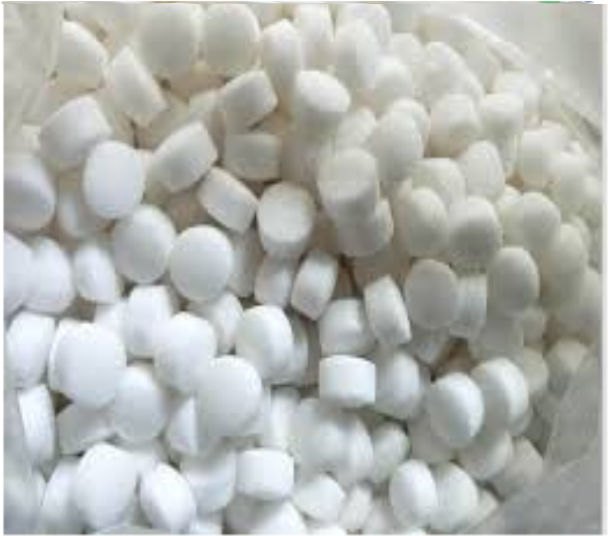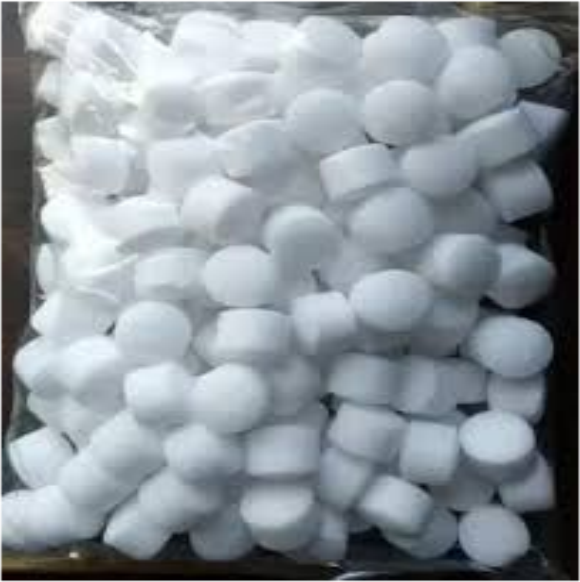White Naphthalene Balls
142000.0 INR/Metric Ton
Product Details:
- Pest Type Ants Bad Bugs
- Type Pesticides
- Material Naphtha
- Power Source Manual
- Usage Commercial
- Click to View more
X
White Naphthalene Balls Price And Quantity
- 1 Metric Ton
- 142000.0 INR/Metric Ton
White Naphthalene Balls Product Specifications
- Pesticides
- Manual
- Commercial
- Naphtha
- Ants Bad Bugs
White Naphthalene Balls Trade Information
- KOLKATA
- Cash in Advance (CID)
- 20 Metric Ton Per Day
- 10 Days
- Yes
- Within a certain price range free samples are available
- 50 kg Bag
- Jharkhand Odisha Assam West Bengal
- naphthalene Balls
Product Description
Eye: Naphthalene is an eye irritant. The vapor causes eye irritation at 15 ppm. Eye contact with the solid material may result in conjunctivitis, superficial injury to the cornea, diminished visual acuity, and other effects. It may cause cataracts. Skin: Causes mild skin irritation. May be absorbed through the skin in harmful amounts. Incidence of skin hypersensitivity is not widespread in the general population &, based on the long history of use of naphthalene as a consumer product, this effect is mostly confined to industrial exposure where coal tar contamination may be present. Ingestion: Harmful if swallowed. May cause liver and kidney damage. May cause methemoglobinemia, cyanosis (bluish discoloration of skin due to deficient oxygenation of the blood), convulsions, and death. May cause severe digestive tract irritation with abdominal pain, nausea, vomiting and diarrhea. Ingestion of large quantities may cause severe hemolytic anemia and hemoglobinuria. Inhalation: Harmful if inhaled. Causes respiratory tract irritation. Readily absorbed when inhaled. Material volatilizes at room temperature. Hemolytic anemia (destruction of red blood cells) is the primary health concern for humans exposed to naphthalene for either short or long periods of time. Other effects may include nausea, profuse perspiration, vomiting, kidney damage and liver damage. Optic neuritis (inflammation of the optic nerve) has been observed. Cataracts have also occurred. Chronic: Prolonged or repeated skin contact may cause dermatitis. May cause liver and kidney damage. May cause anemia and other blood cell abnormalities. Animal studies have reported that fetal effects/abnormalities may occur when maternal toxicity is seen. Effects may be delayed. Chronic exposure may cause lung damage. Laboratory experiments have resulted in mutagenic effects. Chronic exposure may cause corneal injury, optical neuritis, blurred vision, and possible cataract formation.Tell us about your requirement

Price:
Quantity
Select Unit
- 50
- 100
- 200
- 250
- 500
- 1000+
Additional detail
Mobile number
Email













